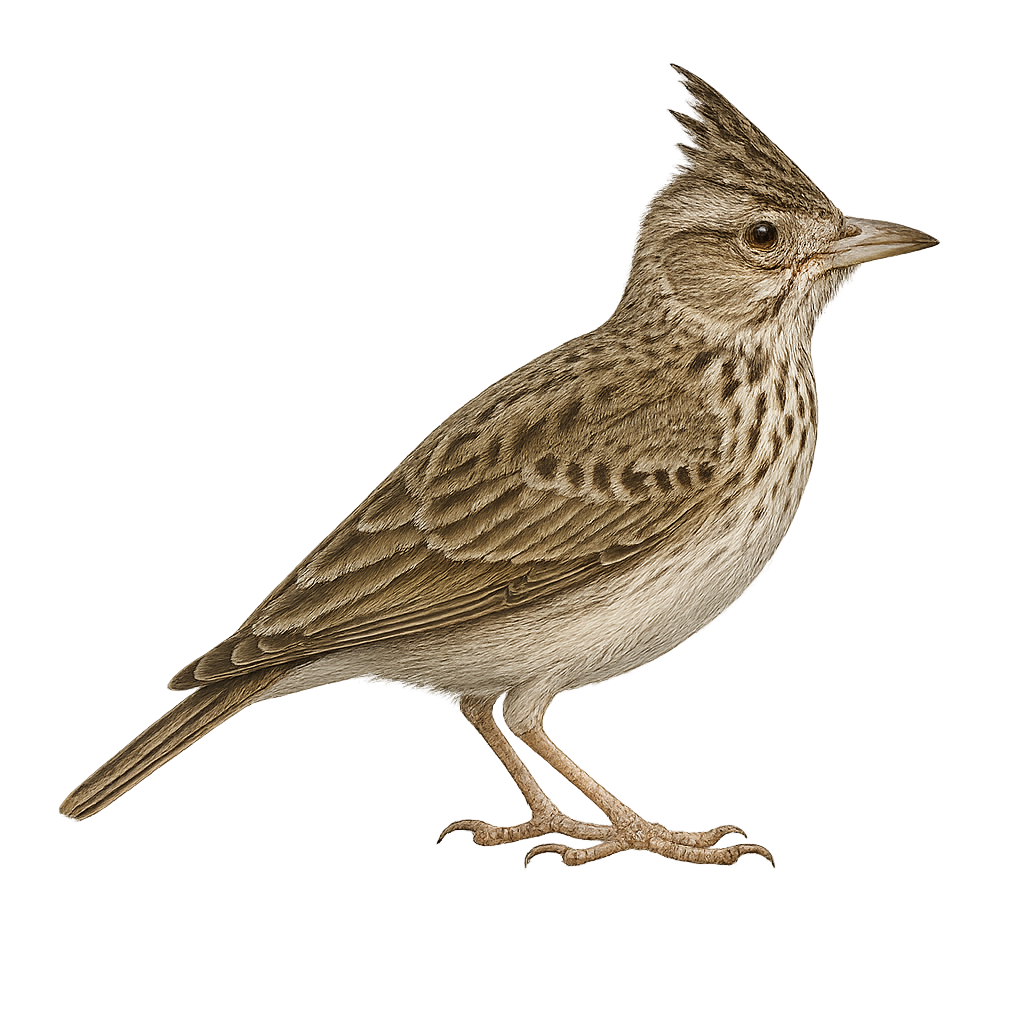Your wildlife photography guide.
Explore the razo skylark in detail, study its behavior, prepare your shots.
Where to observe and photograph the razo skylark in the wild
Learn where and when to spot the razo skylark in the wild, how to identify the species based on distinctive features, and what natural environments it inhabits. The WildlifePhotographer app offers tailored photography tips that reflect the razo skylark’s behavior, helping you capture better wildlife images. Explore the full species profile for key information including description, habitat, active periods, and approach techniques.
Razo Skylark
Scientific name: Alauda razae

IUCN Status: Critically Endangered
Family: ALAUDIDAE
Group: Birds
Sensitivity to human approach: Suspicious
Minimum approach distance: 10 m
Courtship display: August to October
Incubation: 14-16 jours
Hatchings: August to November
Habitat:
Arid zones, open grasslands
Activity period :
Primarily active during the day, with peak activity in the morning and late afternoon.
Identification and description:
The Alauda razae, commonly known as the Razo Skylark, is a bird species endemic to the island of Razo in the Cape Verde archipelago. This medium-sized bird, with its light brown plumage streaked with black, is perfectly adapted to its insular environment. It is known for its melodious and complex song, often performed in flight. The Razo Skylark is a terrestrial bird that prefers the open and arid areas of the island, where it primarily feeds on seeds and insects. Unfortunately, this species is critically endangered due to habitat loss and predation by introduced species. Conservation efforts are underway to protect this unique bird and its fragile habitat.
Recommended lens:
400 mm – adjust based on distance, desired framing (portrait or habitat), and approach conditions.
Photography tips:
To photograph the Razo Skylark, it is advisable to use a 400mm or longer telephoto lens to capture detailed images without disturbing the bird. Approach slowly and discreetly, using the surrounding vegetation for camouflage. The best times to observe and photograph this bird are early in the morning or late in the afternoon, when the light is soft and the bird's activity is at its peak. Be patient and respectful of its space to get authentic and captivating shots.
The WildlifePhotographer App is coming soon!
Be the first to explore the best nature spots, track rutting seasons, log your observations, and observe more wildlife.
Already 1 432 wildlife lovers subscribed worldwide

